Forget Tesla — the BMW i4 M50 is my new favorite electric car
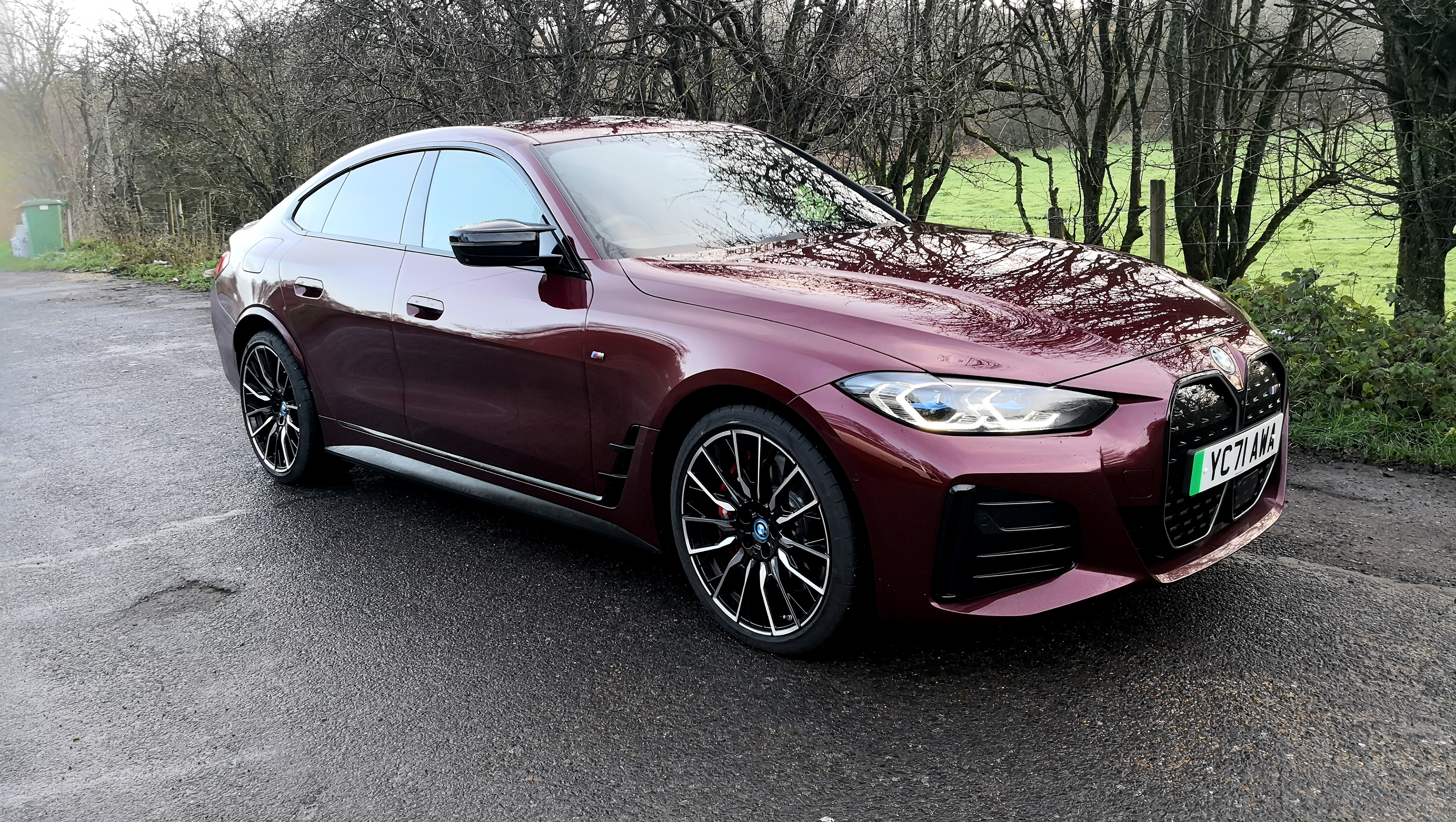
One of the best things about a sporty electric vehicle is its instant supply of torque. Thanks to the way electric motors work you can put your foot on the accelerator and get an immediate response.
Do that in the new BMW i4 M50 and this happens by throwing your head back against the headrest as you pretty much take off down the street. Yup, the BMW i4 M50 is neck-snappingly fast, although on first impressions it doesn’t look like it’s going to be quite so rapid.
I found myself walking around a rather nice Aventurine Red model recently, prior to giving it a test drive. The car definitely looked like it might be promising. It looks the part, and the styling is certainly better than some of the other current BMWs.

Even the kidney-shaped grille looks acceptable enough given its dominance of the front end. Elsewhere, the rounded lines give the BMW i4 M50 an air of grace and style, but the stance is just tempting enough to tease its potency.
However, it’s not until you get in and drive the thing that you realise just how potent the 544 horsepower BMW i4 M50 really is. Peak torque is rated at 795 Nm, with a 0-62 mph time of 3.9 seconds, topped off with an electronically limited top speed of 140 mph. So, anyone who wants Tesla style thrills in the torque department will get just that, only you’re sitting inside a car that feels like more of a quality build than, say, a Tesla Model 3.
There’s an air of classic German engineering inside the cockpit too, as you nestle into the black Vernasca leather and familiarize yourself with the controls. That’s something you just don't get in a Tesla. The BMW i4 M50 feels rock solid.

This car came fully loaded, resulting in a total price of £64,100 (around $85,154), which is a premium price for sure. But you get an awful lot of car and performance that kicks some proverbial butt.
Get instant access to breaking news, the hottest reviews, great deals and helpful tips.
On the other hand, you might be just as well saving yourself a bit of cash and going for something like the i4 eDrive40 M Sport, which BMW also had on show, again fully loaded, for £54,495 (approximately $72,360). But, after a couple of hours driving the beefier BMW i4 M50 I really didn't want to hand it back.
This being an M-badged Beemer, the i4 M50 is not only set up to go, but it can stop on a dime too thanks to the chunky discs all round. There’s a chassis that’s able to contain all the power of its front and rear-mounted motors, with handling that proved hugely impressive on the highways.
Meanwhile, touring around winding country lanes with their muddy bends and pothole-addled kerbs the i4 M50 coped admirably. Considering it’s set up for speed the ride, while being firm, is actually quite forgiving.
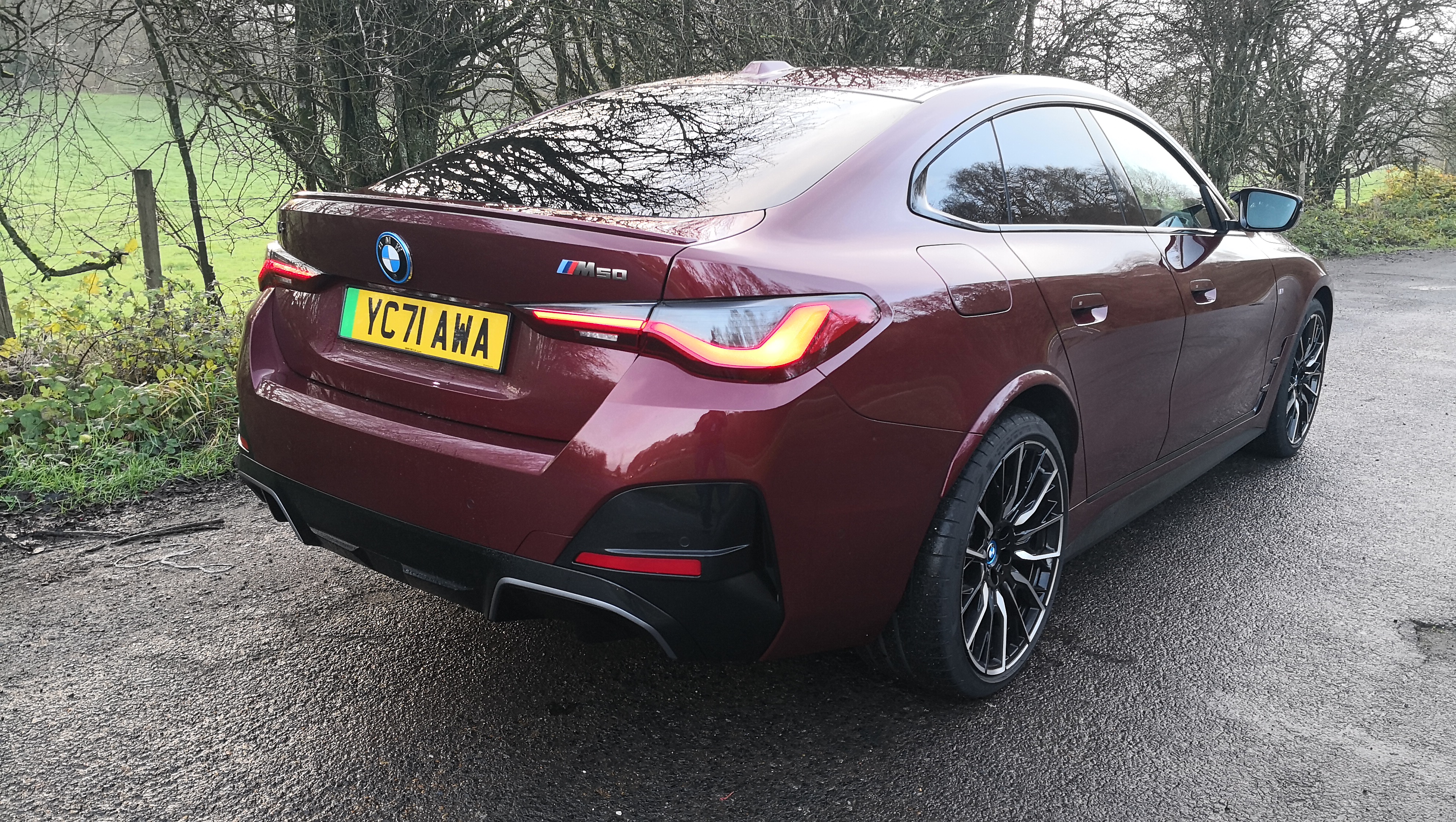
You’d expect all this power to be at the expense of battery life, but that's not the case. Even with the car set to Sport mode (there are also Eco Pro and Comfort options) for most of my journey, and driving continuously for nearly two hours, the battery gauge was still between 60 and 70% when I arrived back at the starting point.
The official figures on the BMW spec sheet claim a range of up to 316 miles based on the European WLTP test cycle, and 300 based on the more conservative EPA cycle. Based on my short time with the car I’ve got no reason to disagree. For a high performance car the BMW i4 M50 seems surprisingly efficient. Both the BMW i4 eDrive40 Sport and BMW i4 eDrive40 M Sport, as a comparison, feature a 340hp electric motor and rear wheel drive while delivering 367 miles of range.
BMW claims it's possible to add 87 miles to the BMW i4 M50 during a 10-minute splash-and-dash charging stop thanks to a Combined Charging Unit. This means it can be hooked up to high-power DC charging stations up to 200 kW, with the only challenge being finding a compatible plug with the current infrastructure such as it is.
Aside from the performance there are oodles of other highlights, with the interior proving a real star of the show. There’s a lot to get your head around and much of it is focused within the latest iteration of BMW’s iDrive control and operating system.
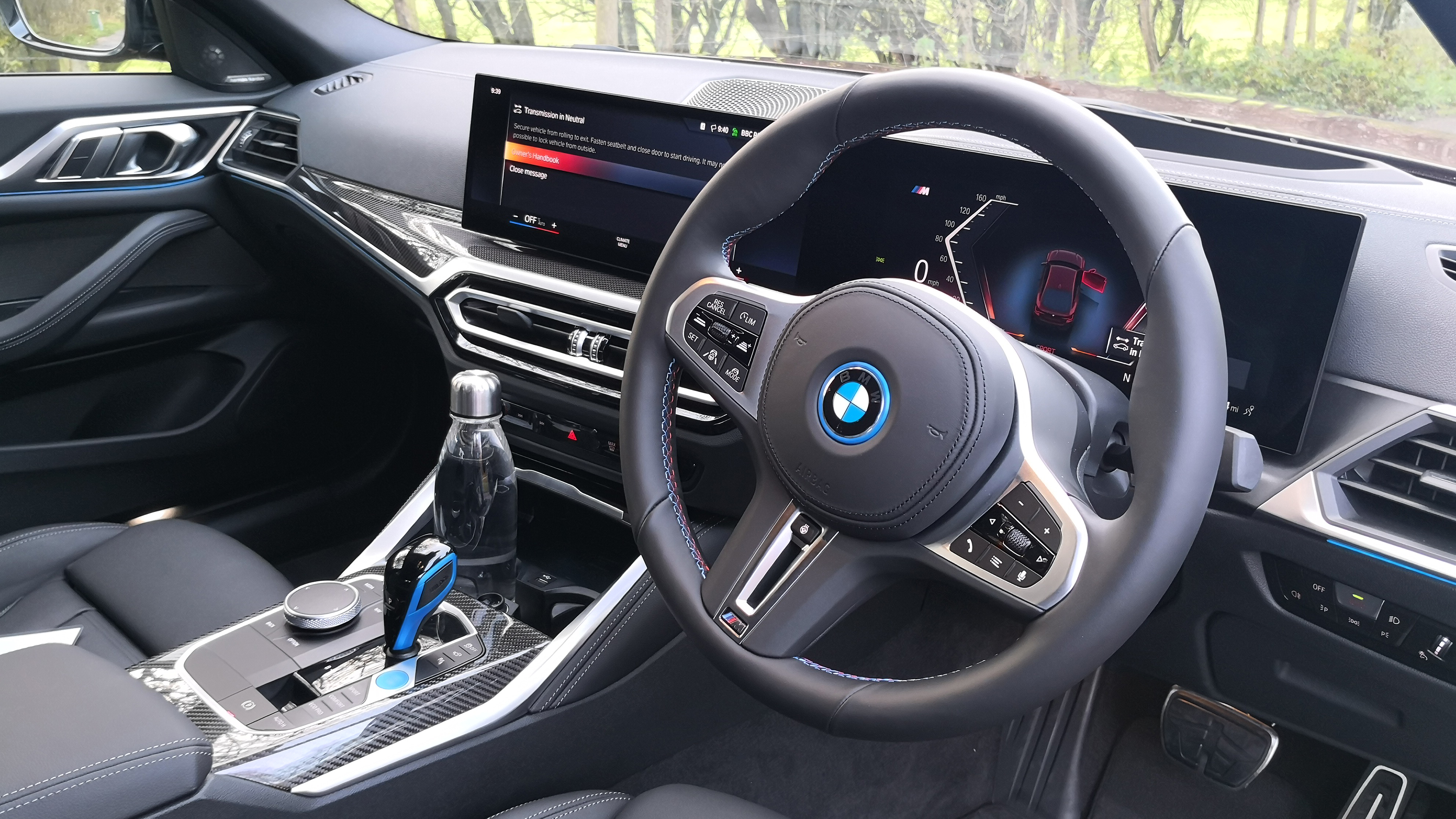
Central to the action is the 12.3-inch information display, augmented by a 14.9-inch control display — although the two are mated and essentially work as one unit. It’s all really nicely designed and Operating System 8 works to great effect,, even if you're not a fan of touchy-feely screens. Naturally you can set the car up to drive to suit your preferences, although I kept it predominantly in Sport mode.
While I only got to spend a couple of hours in its company, the BMW i4 M50 clearly has much more to offer. I think the combination of performance, dynamic styling and lots of on-board tech (this model came with the Technology Plus Pack) makes the car a hard act to follow. Considering the car I tried came fully-loaded, it looks like a good deal if you’re pondering over, say, a Tesla Model 3 Performance edition, and as far as I’m concerned is better looking.
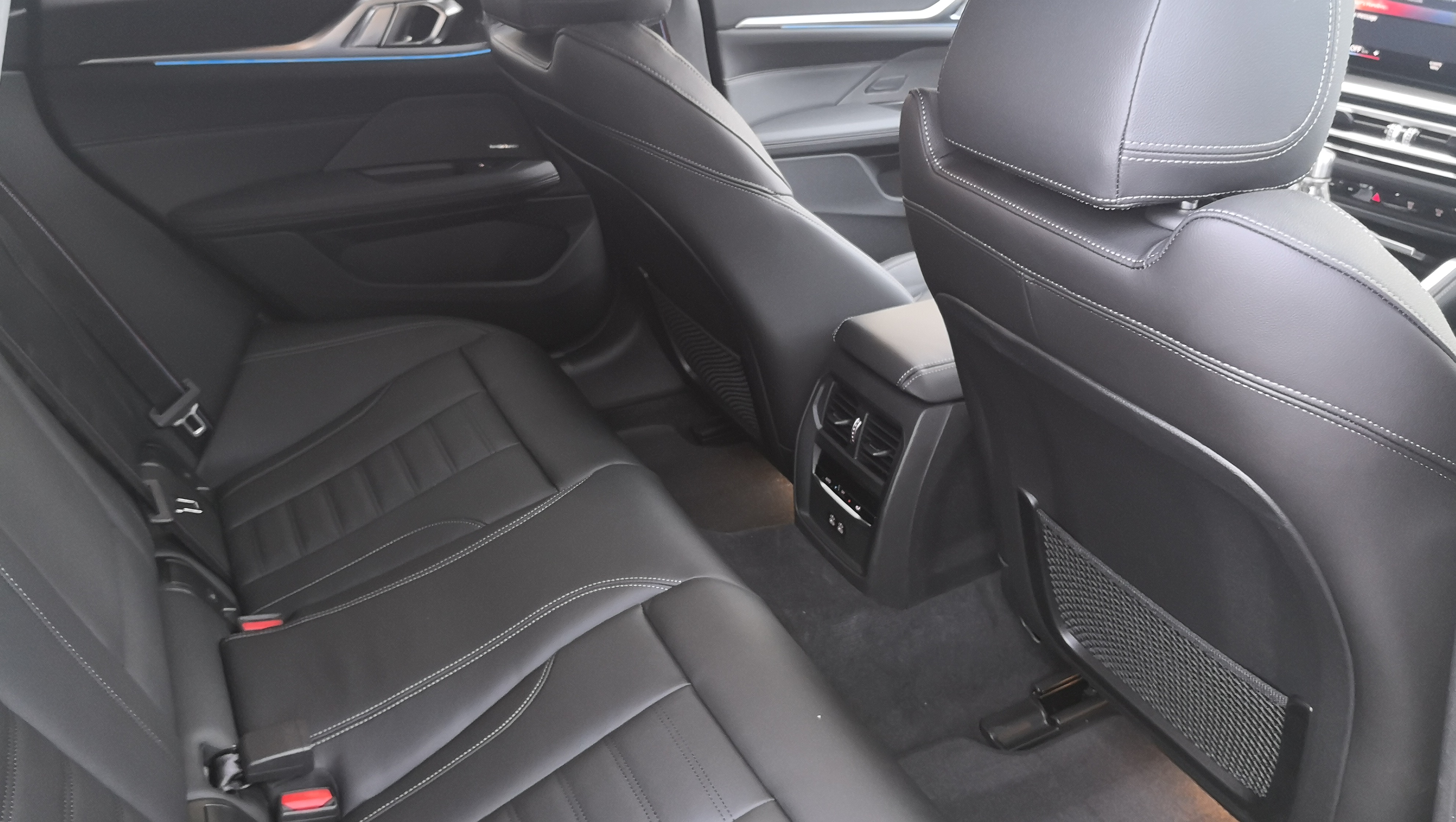
Crucially, Tesla’s offering still feels slightly inferior when put next to something like a BMW or an Audi. When I visited the Tesla manufacturing facility in Fremont, California back in 2016, one of the first things to strike me was the lack of build quality.
Granted, Tesla was a lot younger and still finding its production-line feet with a lot of equipment that had been repurposed from other places. In fact, the plant itself was once used by General Motors and Toyota.
Patchy build quality has dogged Tesla ever since, and while its cars are a lot better than they used to be, the slightly haphazard approach to manufacturing I experienced at the Fremont factory appears to remain. BMW, on the other hand, has a long-time image of producing cars that are built to last and that come with a quality edge that justifies their premium price tags.
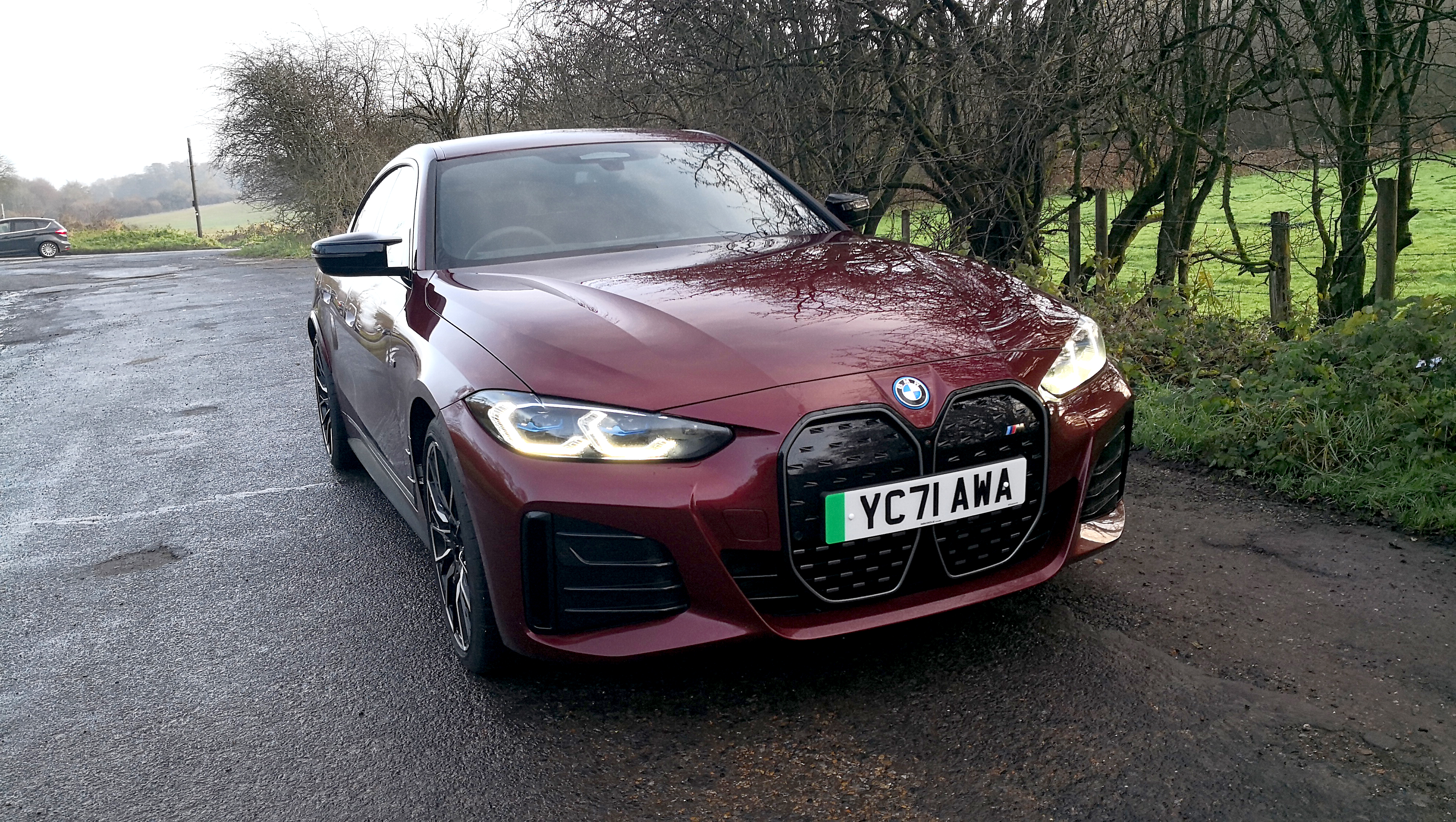
However, Tesla still has a notable advantage in all this thanks to its charging infrastructure. Sure, if you spend most weeks doing relatively mundane commutes, or pootling to the grocery store and back, then having to rely on public charging networks. If you’re planning a long run, however, it’s the reassurance of Tesla’s Supercharger network that makes something like a Model 3 seem like a very good idea — even if you’re not particularly inspired by the design and that build quality.
After trying the BMW i4 M50 though I think I’d be prepared to take my chances with an inferior charging network and enjoy what feels like more of a complete all-round experience. Granted it might cost more, depending on the specification you choose, but what price quality, eh?

Rob is a London-based freelance tech journalist covering EVs and car tech for Tom's Guide. He has worked at Microsoft and written for numerous tech sites including TechRadar, Gizmodo, ShortList and Fit&Well. When he's not working, he can usually be found out and about on one of his numerous ebikes.
